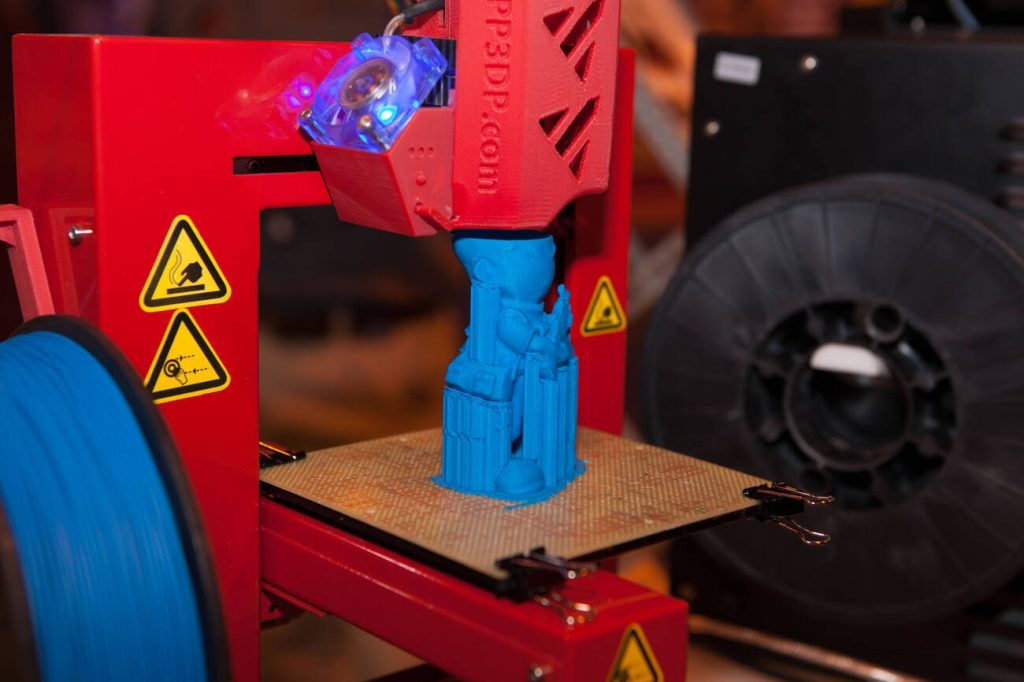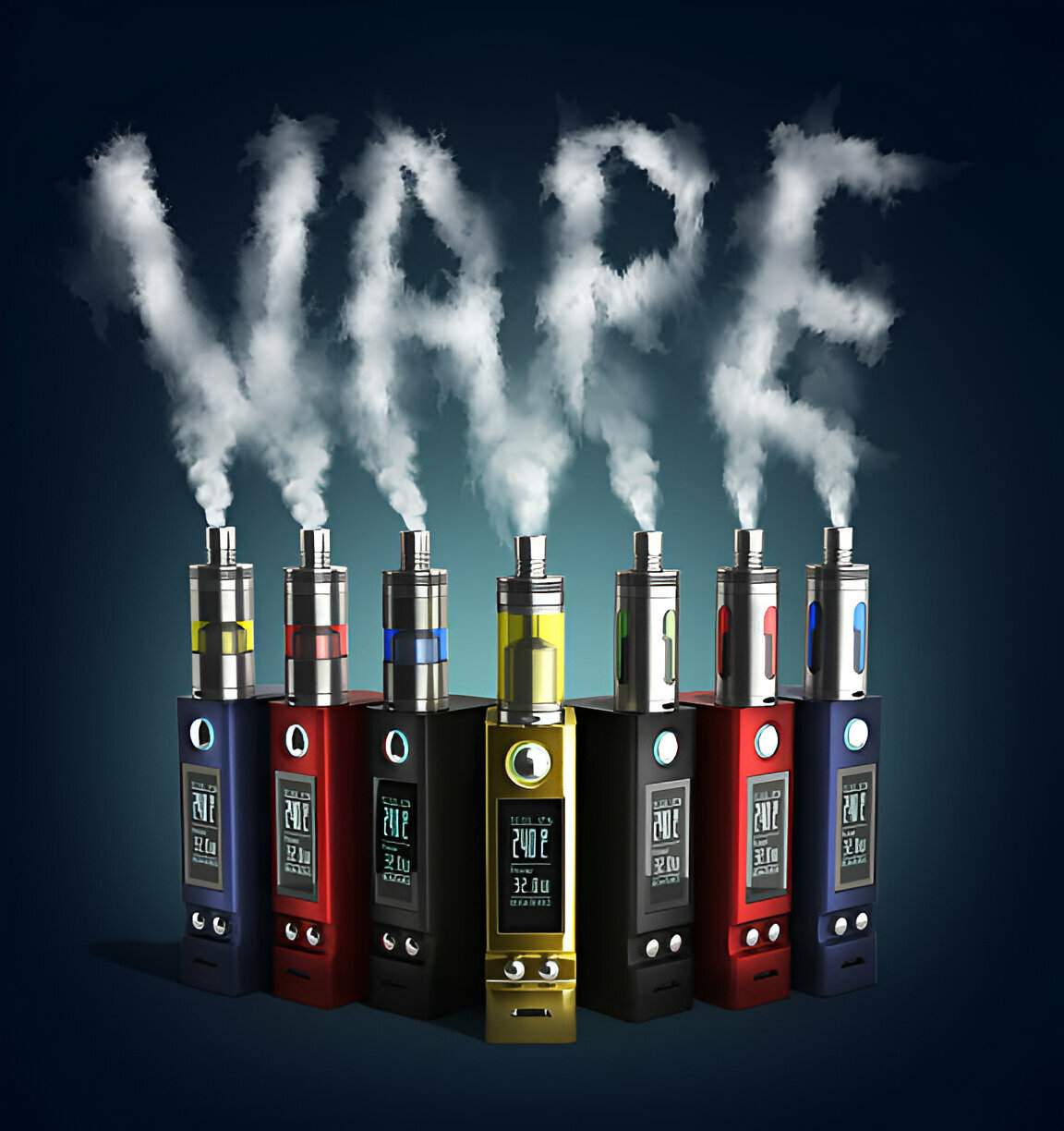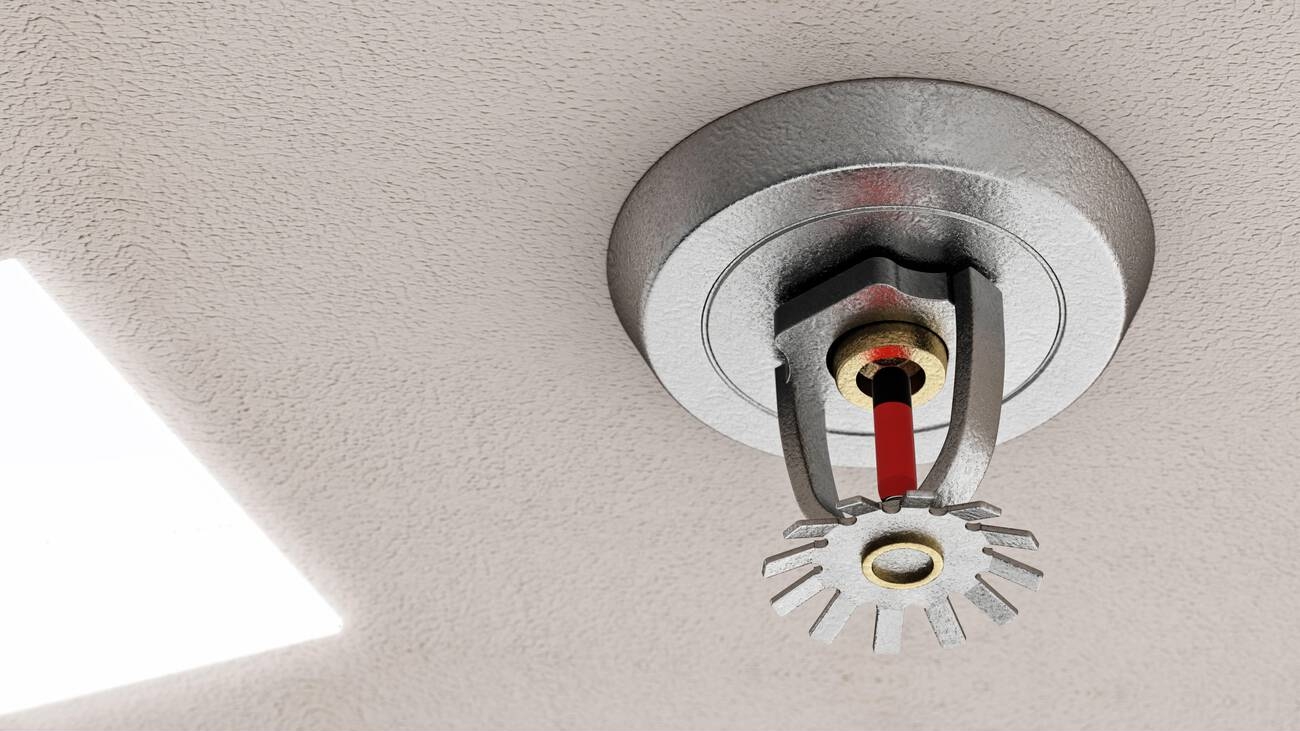Are you tired of the rough and uneven surface finish on your 3D printed objects? Well, look no further! In this article, we will guide you through the fascinating world of surface ironing in 3D printing. By applying heat and pressure to the outer layers of your prints, you can achieve a smooth and polished appearance like never before. Say goodbye to those pesky layer lines and hello to a refined and professional finish. So, let’s dive in and uncover the secrets of understanding the ironing process in 3D printing!
The Basics of Ironing in 3D Printing
Surface ironing is a post-processing technique that involves applying heat and pressure to the outer layers of a 3D printed object, resulting in a smoother and more polished appearance. This technique is commonly used in FDM (Fused Deposition Modeling) 3D printing. By heating the surface of the print, any visible layer lines or imperfections can be smoothed out, giving the object a refined finish. Surface ironing works well with various types of filament, including PLA and ABS. It is important to note that the success of surface ironing depends on factors such as the infill patterns used, filament types, and overall print quality. By incorporating surface ironing into your 3D printing process, you can achieve higher-quality prints with improved aesthetics.
Advantages and Benefits of Ironing in 3D Printing
One of the advantages of ironing in 3D printing is that it can achieve super-smooth top layers on flat objects. This technique is especially useful for enhancing the aesthetic appeal of printed objects. By applying heat and pressure to the outer layers, ironing can reduce the visibility of layer lines and create a smooth and shiny surface. It also allows for better adhesion when gluing pieces together and helps to minimize the average roughness of top layers on plastic objects. Additionally, ironing works well with most thermoplastic materials used in 3D printing, making it a versatile option for achieving high-quality prints.
| Advantages of Ironing in 3D Printing |
|---|
| Achieve super-smooth top layers on flat objects |
| Maximize contact surface when gluing pieces together |
| Reduce average roughness of top layers on plastic objects |
| Print objects upside-down for smoother top layer |
Overall, ironing in 3D printing offers several benefits that contribute to improving the final appearance and quality of printed objects.
Step-by-Step Guide to Enabling Ironing in Cura
To enable ironing in Cura, you need to open the slicing software and navigate to the ‘Shell’ settings tab. Here’s a step-by-step guide on how to do it:
- Open Cura slicing software.
- Go to the ‘Shell’ settings tab.
- Enable the ‘Ironing’ option.
- Adjust the ironing settings, such as flow, speed, and pattern.
Enabling ironing in Cura allows you to enhance the surface finish of your 3D prints by smoothing out the top layer. The ironing process involves applying heat and pressure to soften and smooth the outer layers of the print, resulting in a polished look. By following this step-by-step guide, you can easily incorporate ironing into your 3D printing workflow using Cura.
Keywords: 3D printing, ironing process, Cura, step-by-step guide
Tips and Tricks for Optimizing Cura Ironing
For the best results with Cura Ironing, you should experiment with different settings to optimize your prints. When it comes to 3D printing, finding the right combination of parameters is key to achieving smooth and polished surfaces. By adjusting the ironing settings in Cura, you can enhance the quality of your prints and reduce the visibility of layer lines. To help you in this process, here are some tips for optimizing Cura Ironing:
| Tips for Optimizing Cura Ironing |
|---|
| Experiment with different ironing settings to find the best results for your prints |
| Increase the flow rate for better ironing coverage |
| Lower the print speed to improve ironing quality |
| Use a flat and level print bed for consistent results |
| Ensure that the nozzle is clean to prevent imperfections during ironing |
Limitations and Considerations of Ironing in 3D Printing
The limitations and considerations of ironing in 3D printing should be taken into account before implementing this technique. Here are four important factors to consider:
- Compatibility: Not all materials are suitable for ironing. PLA and ABS are commonly used for surface ironing in FDM printers, but other filaments may not respond well to the process.
- Print quality: The success of surface ironing depends on the initial print quality. If there are significant imperfections or layer lines, the ironing process may not be able to fully smooth out the surface.
- Time and effort: Surface ironing can be a time-consuming process, especially for larger or complex objects. It’s important to allocate enough time and resources for this post-processing step.
- Temperature control: Controlling the temperature during surface ironing is crucial to avoid damaging or deforming the object. Careful monitoring is necessary to achieve optimal results.
The History and Development of Ironing in 3D Printing
You can learn about the history and development of ironing in 3D printing. Ironing in 3D printing is a technique that involves smoothing the surface of printed objects by applying heat and pressure to the outer layers. The concept of ironing was first proposed by Neosanding in 2016, initially developed for Simplify3D. Later, Ultimaker Cura developers added the ironing feature to their software in version 2.7. Since then, they have continuously improved the ironing method and software, giving users more control over settings. Notably, Simplify3D also has its own ironing function. This evolution has allowed users to achieve super-smooth top layers on flat objects, reduce roughness, and enhance the overall aesthetic of their prints through ironing in 3D printing.
| Year | Development |
|---|---|
| 2016 | Neosanding proposes idea of ironing |
| Originally developed for Simplify3D | |
Table: History and Development of Ironing in 3D Printing
Understanding the Ironing Function and How It Works
To achieve a smooth surface on your 3D prints, it’s important to grasp how the ironing function works and its effects on the top layers. Here is an understanding of how the ironing process works in 3D printing:
- Heating: The nozzle applies heat to the outer layer of the printed object.
- Smoothing: The nozzle moves back and forth over the same patch, causing layers and webs to overlap.
- Blurring boundaries: As a result of overlapping, the boundaries of each web become blurred and smooth out.
- Angle and movement: The nozzle angle should be fixed at 45 degrees for best results, moving over the last layers of material.
The Pros and Cons of Ironing in 3D Printing
When considering surface ironing in 3D printing, it is important to weigh the advantages and disadvantages of this technique. Surface ironing in 3D printing, also known as post-processing, involves applying heat and pressure to the outer layers of a printed object to achieve a smoother finish. The pros of surface ironing include improved surface quality, enhanced detail preservation, reduced post-processing efforts, shorter printing time, and increased print versatility. However, there are also cons to consider. Surface ironing may be limited to certain materials like PLA and ABS, require temperature control to avoid damaging the object, present challenges in achieving consistent results, and be time-consuming for larger or complex objects. Understanding these pros and cons will help you make an informed decision when deciding whether to utilize surface ironing in your 3D printing projects.
Exploring Cura Settings for Using Ironing
Exploring Cura settings for using ironing can help optimize the surface finish of your 3D printed objects. By adjusting the ironing parameters, you can achieve a smoother and more polished appearance. Here are four key settings to consider when exploring Cura’s ironing feature:
- Iron Pattern: Choose between zig-zag and concentric patterns to determine the path of the nozzle during ironing.
- Line Spacing: Control the distance between each pass of the nozzle over the top layer, affecting the level of smoothing.
- Flow: Adjust the percentage of normal extrusion to avoid scarring while ensuring proper coverage.
- Speed: Set the ironing speed, finding a balance between achieving a smooth finish and maintaining print time efficiency.
Conclusion and Final Thoughts on Ironing in 3D Printing
By adjusting the ironing settings in Cura, you can achieve a smoother and more refined surface finish for your 3D printed objects. The ironing process in 3D printing involves applying heat and pressure to the outer layers of the print, resulting in a polished appearance. It is a non-abrasive technique that preserves intricate details and reduces the need for additional post-processing steps like sanding. Surface ironing enhances the overall quality and clarity of your prints, making them stand out. However, it is important to consider material compatibility and temperature control to ensure successful results. Despite its time-consuming nature for larger or complex objects, surface ironing offers numerous benefits, including improved surface finish, enhanced detail, reduced post-processing efforts, shortened printing time, and increased print versatility.
| Pros | Cons |
|---|---|
| Improved surface finish | Time-consuming for large or complex objects |
| Enhanced detail and clarity | Material compatibility limitations |
| Reduction of post-processing efforts | Temperature control challenges |
| Shortened printing time | Difficulty achieving consistent surface finish |
| Increased print versatility |



